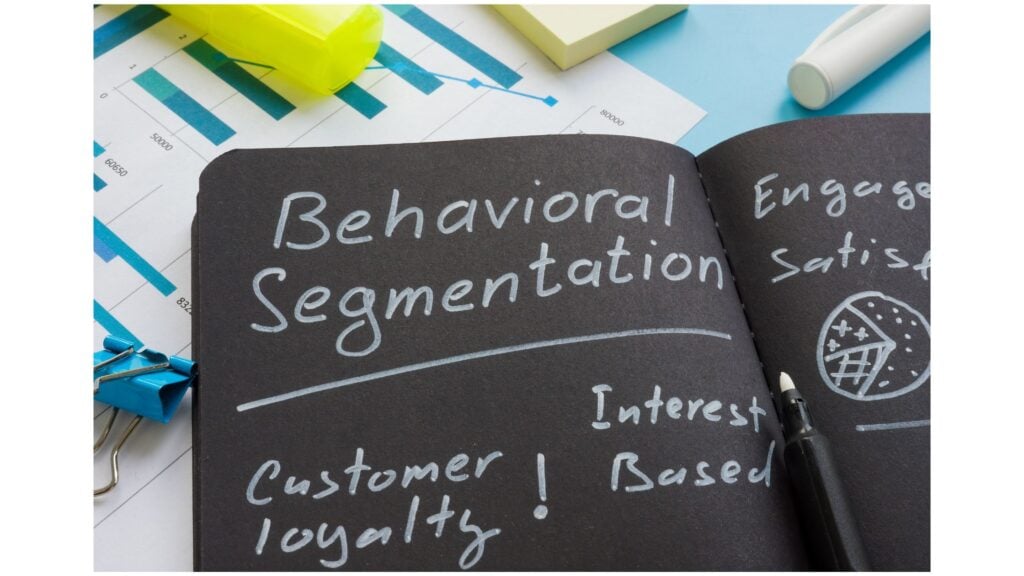Praxis for Elementary Education: Difficulty Level and Preparation Guide
Understand the praxis for elementary education
The praxis for elementary education is a standardized test design to measure the knowledge and skills of individuals seek to become elementary school teachers. Many states require pass this exam as part of the teacher certification process. But how difficult is this test very? Let’s break down what make the praxis challenge and how you can prepare efficaciously.
The structure of the elementary education praxis
The elementary education praxis typically consist of multiple subtests cover different content areas:
- Read and language arts
- Mathematics
- Social studies
- Science
Each subtest include multiple choice questions and may contain construct response (essay )questions. The comprehensive nature of these subtests is one factor that contribute to the exam’s difficulty level.
Difficulty factors of the elementary education praxis
Breadth of content knowledge
One of the virtually challenging aspects of the praxis is the sheer volume of content knowledge require. Elementary teachers must be knowledgeable in multiple subject areas, unlike secondary teachers who typically specialize in one field. You’re expected to demonstrate proficiency in read instruction, mathematical concepts, scientific principles, historical events, and more.
This breadth mean you need to be a generalist with solid understanding across all academic disciplines teach in elementary grades. Many test takers find this comprehensive knowledge requirement specially demand.
Depth of pedagogical understanding
Beyond content knowledge, the praxis assesses your understanding of teaching methods and educational theory. You must demonstrate knowledge of:
- Developmentally appropriate practices
- Assessment strategies
- Classroom management techniques
- Differentiate instruction approaches
- Special education considerations
The exam doesn’t fair test what you know — it tests if you know how to teach it efficaciously to young learners.
Application base questions
Many praxis questions are scenario base, require you to apply knowledge to classroom situations. These questions go beyond simple recall and ask you to analyze situations, evaluate teaching approaches, and determine the best course of action in specific scenarios.
This application focus makes the test more challenging than exams that but test factual knowledge, as you must demonstrate critical thinking skills in educational contexts.
Time constraints
The praxis exams impose strict time limits. You will need to will answer numerous questions across multiple subject areas within the allotted time. This time pressure add another layer of difficulty, specially for those who tend to minute guess their answers or read questions multiple times.
How test takers rate the difficulty
Base on feedback from test takers, the difficulty of the elementary education praxis vary wide depend on individual backgrounds and preparation:
Those who find it really challenging
Test takers who struggle virtually with the praxis frequently:
- Have been out of school for several years
- Are change careers from unrelated fields
- Have limited experience work with elementary curriculum
- Have test anxiety or struggle with standardized tests
- Are weak in one or more content areas (specially mathematics )
Those who find it fairly difficult
Most test takers fall into this category, find some sections challenge while others are more manageable. Common reports indicate:
- Mathematics and science sections tend to be more difficult for those with humanities backgrounds
- Read and language arts sections may challenge those with stem backgrounds
- The construct response questions require significant preparation irrespective of background
Those who find it less challenging
Test takers who find the praxis comparatively manageable typically:
- Have latterly complete an education degree program
- Have experience as classroom aides or substitute teachers
- Have strong content knowledge across all subject areas
- Prepare exhaustively with practice tests and study materials
Pass rates and scoring
Pass rates for the elementary education praxis vary by state since each set its own pass score. Mostly, first time pass rates range from 54 % to 85 % depend on the state and specific test version. These statistics suggest that while the test is challenge, adequate preparation make pass achievable for most candidates.
Many states allow you to take individual subtests individually preferably than whole at east, which can make the process more manageable. Some states too permit multiple attempts, though this varies by location.
Effective preparation strategies
Start other and create a study plan
About successful test takers recommend beginning preparation at least 2 3 months before your test date. Create a structured study schedule that allocate more time to your weaker subject areas while maintain review of stronger areas.

Source: passagepreparation.com
Break down your study into manageable daily sessions is more effective than cram. Consider dedicate specific days to different content areas to ensure comprehensive coverage.
Use official study materials
The educational testing service (eETS) which administer the praxis, offer official study guides and practice tests. These resources are invaluable as they virtually accurately reflect the format, difficulty, and content of the actual exam.
Official study guides typically include:
- Sample questions with explanations
- Content outline for each subject area
- Test take strategies
- Score rubrics for construct response questions
Take practice tests
Practice tests serve multiple purposes in your preparation:
- They familiarize you with the test format and timing
- They help identify knowledge gaps that require additional study
- They build test take stamina
- They reduce test anxiety through familiarity
Take full length practice tests under timed conditions to simulate the actual testing experience. Review all incorrect answers good to understand why you miss them.
Form or join study groups
Study with others prepare for the same exam can be extremely beneficial. Study groups allow you to:
- Discuss complex concepts and clarify misunderstandings
- Share study resources and strategies
- Practice explain educational concepts (which reinforce your own understanding )
- Stay motivated and accountable
Online forums and social media groups dedicate to praxis preparation can serve as virtual study groups if in person options aren’t available.
Focus on weak areas
After take practice tests, you’ll potential will identify subject areas where you’ll need additional work. Don’t avoid these challenging topics — prioritize them in your study plan.

Source: mometrix.com
For content knowledge gaps:
- Review elementary textbooks in that subject area
- Watch instructional videos online
- Use flashcards for key concepts, formulas, or terminology
- Seek tutoring if necessary
Understand test take strategies
Beyond content knowledge, understand how to approach the test strategically can improve your performance:
- Read questions cautiously, note keywords that indicate what’s being aasked
- For multiple choice questions, eliminate apparently incorrect answers 1st
- Pace yourself by monitor time throughout the test
- Skip difficult questions and return to them if time permit
- For construct response questions, create a brief outline before write
Common challenging content areas
Mathematics
Many elementary education candidates find the mathematics section especially challenging. Focus on:
- Number properties and operations
- Algebraic thinking
- Geometry and measurement
- Data analysis and probability
- Problem solve strategies
Understand not exactly how to solve problems but how to teach mathematical concepts to children is crucial for this section.
Science
The science section test your knowledge of:
- Earth and space sciences
- Life science
- Physical science
- Engineering and technology
- Scientific inquiry and processes
Focus on understand core scientific concepts and how they relate to elementary curriculum standards.
Read and language arts
This section frequently includes questions on:
- Phonics and phonemic awareness
- Read comprehension strategies
- Write instruction
- Speak and listening skills
- English language conventions
- Children’s literature
Understand the science of reading and evidence base literacy practices is specially important for current exams.
Day of test preparation
Your performance on test day is influence by factors beyond content knowledge:
- Get a good night’s sleep before the exam
- Eat a balanced meal before testing
- Arrive betimes to reduce stress and complete check in procedures
- Bring require identification and admission tickets
- Use deep breathing or other relaxation techniques if anxiety arise
After the test: next steps
After complete the praxis:
- Scores are typically available 10 16 days after testing
- If you don’t pass, analyze your score report to identify weak areas
- Most states allow you to retake the test after a waiting period
- Use the experience to refine your study approach for any retakes
The verdict: challenging but achievable
The praxis for elementary education is undeniably challenge due to its comprehensive nature and the depth of knowledge require across multiple subject areas. Nevertheless, with proper preparation, most candidates can successfully pass the exam.
The difficulty you personally experience will depend on your educational background, teach experience, test take abilities, and preparation strategy. Many teachers report that while the praxis was challenge, the preparation process itself was valuable for their teaching careers, as it reinforce essential knowledge they’d need in the classroom.
Remember that the purpose of the exam is to ensure teachers have the necessary knowledge to efficaciously educate elementary students. The challenge is appropriate give the important responsibility of teach young learners across all subject areas.
With dedicated study, strategic preparation, and persistence, pass the praxis for elementary education is an achievable goal for those commit to become elementary educators.



